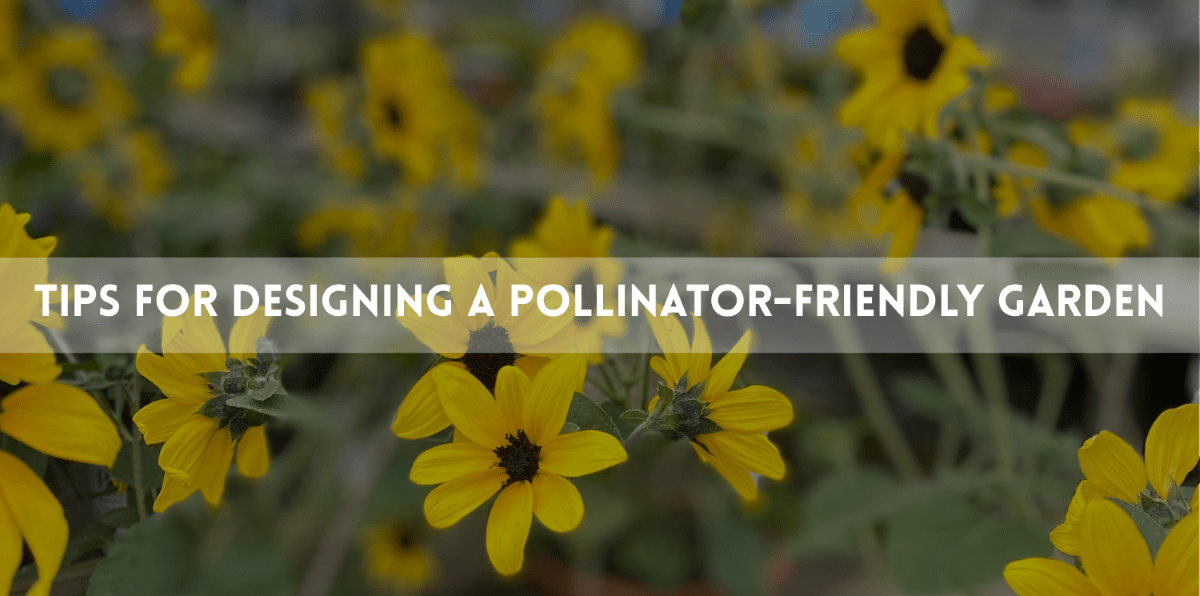
🐝 Celebrating Pollinator Week: How You Can Help the Tiny Heroes of Our Ecosystem
|
|
Time to read 3 min
|
|
Time to read 3 min
Join us as we celebrate Pollinator Week 2025—a buzzing celebration of bees, butterflies, birds, and bats that keep our ecosystems thriving. Learn how these vital pollinators impact our lives, discover fun ways to support them at home, and explore exciting community events that honor their role in biodiversity. Perfect for eco-conscious gardeners, families, and nature lovers!
Every year in June, we take a moment to appreciate the smallest yet mighty workers of our planet—pollinators! From bees and butterflies to hummingbirds and bats, these creatures play a crucial role in growing over 75% of flowering plants and 35% of the food we eat. That morning coffee or juicy watermelon? Thank a pollinator.
Pollinator Week 2025 (June 16–22) is more than a calendar event—it's a movement. Whether you’re a backyard gardener or someone who just loves honey, this week is all about raising awareness, learning how to support pollinators, and participating in community efforts.
Pollinators are animals that help plants reproduce by moving pollen from one flower to another. Most people think of honeybees, but the list includes:
Native bees (like mason and bumble bees)
Butterflies and moths
Beetles
Birds like hummingbirds
Bats
Without their persistent effort, fruits, veggies, nuts, and even cotton wouldn’t exist in abundance. And they’re not just essential to agriculture—pollinators are keystones in ecosystems, supporting everything from wildlife to wildflowers.
Want to attract more butterflies to your garden? In our latest video, Nick from the Garden Center shares his top plant picks for creating a butterfly haven—and walks you through the butterfly life cycle!
It’s a quick, informative video that’s perfect for gardeners of all levels. Watch now and get inspired to plant with pollinators in mind!
Pollinator-Friendly Plants from DeWayne’s
Enhance your garden with these pollinator favorites available at our garden center:
Purple Coneflower (Echinacea purpurea): A hardy perennial that attracts bees and butterflies. Its daisy-like flowers bloom from midsummer to fall.
Butterfly Weed (Asclepias tuberosa): Known for its bright orange flowers, it's a host plant for monarch caterpillars and attracts various pollinators.
English Lavender (Lavandula angustifolia 'Munstead-Strain'): This fragrant herb draws bees and butterflies while adding a touch of elegance to your garden.
Lantana Camara: A vibrant annual that thrives in hot, dry conditions and attracts hummingbirds and butterflies.
Salvia nemorosa 'April Night': This early-blooming perennial is loved by hummingbirds and butterflies and is deer-resistant.
Bronze Fennel (Foeniculum vulgare 'Purpureum'): Not just a stunning addition with its feathery bronze foliage—bronze fennel is a host plant for swallowtail butterflies, providing a place for them to lay eggs and nourish their caterpillars. Butterflies are especially drawn to its airy, aromatic blooms.
All of these plants (and more!) are available at DeWayne’s. Visit our Garden Center to browse, get expert advice, and start building your pollinator haven.
Pollinator Week is a great time to get your hands dirty in the best way possible! Here are some easy and impactful things you can do:
🌸 Plant a Pollinator Garden
Use native plants that bloom from spring through fall. Choose a variety of shapes and colors to attract different pollinators. Bonus: You’ll enjoy a vibrant backyard all season long.
🚫 Avoid Pesticides
Many common pesticides are harmful to bees and butterflies. Opt for organic or natural pest control options instead. Remember: if it’s harmful to bugs, it’s probably harmful to the good ones too.
💧 Provide Water
Even tiny creatures get thirsty. A shallow dish filled with water and some pebbles gives bees and butterflies a safe place to land and drink.
Beyond plants, creating habitat features will turn your garden into a sanctuary:
All of these pollinator helpers are available at DeWayne’s Garden Center!



Want to celebrate? Try these ideas!
Host a bee hotel building event with friends or kids.
Visit a local botanical garden and learn about native plants.
Join a guided nature walk or pollinator count in your area.
Share photos of your pollinator-friendly garden using hashtags like #PollinatorWeek and #PlantForPollinators.
The more we share and talk about it, the more we inspire others to take action. Together, small changes become a powerful movement.
Ready to create your pollinator-friendly paradise? Visit our Garden Center for a wide selection of plants, tools, and expert advice. Our knowledgeable staff is here to help you every step of the way.

